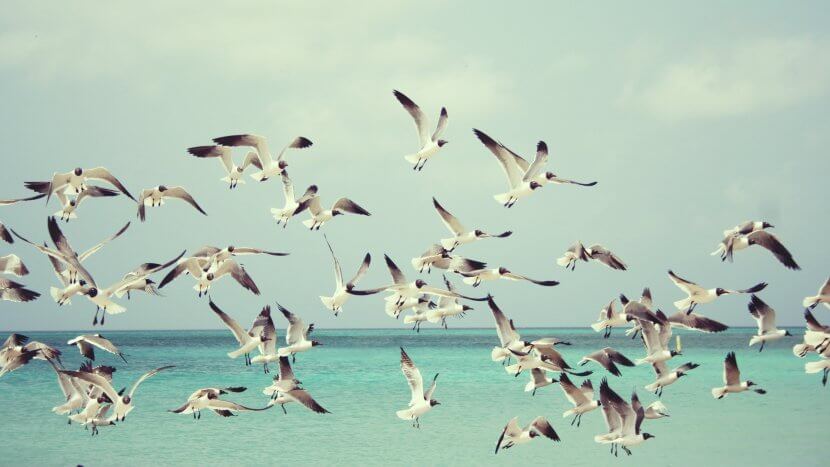Using natural distress calls is a powerful way to disperse birds and keep them away. Scarecrow Group Ltd has built its 40-year reputation on the success of bio-acoustic bird control, after all. But not all birds will just flee immediately upon hearing a member of their species in distress. Effective bird control requires an understanding of the different ways that birds react, and the correct way to turn these natural behaviours to your advantage.
Fly Away
For some birds, it is true that their reaction is simply to take off and get away from perceived danger. This may not be wholly immediate – most species take a few moments to process the situation before reacting to the call – but once they are done thinking, their self-preservation instincts kick in and they leave. This, of course, makes the bird dispersal operator’s job easy.
Pigeons tend to follow this pattern, with only occasional exceptions. Waders will often just fly away as well, but may hang around above their original position for a little while after taking off. However, even when birds do tend to just leave, things are not always entirely simple. Starlings are a good example of this. They tend to flee immediately, but they won’t necessarily go far enough without further encouragement. So how can we give them that extra impetus to get going?
The Chase
Starlings feel safe after moving a relatively short distance away from the call, about 100 metres. Depending on the type of site you are operating, this may be all you need, or it may not. Fixed bird dispersal solutions can simply ensure that everywhere the birds are not meant to be is covered by distress calls. For mobile solutions, as commonly used at airports for example, a little more artistry is required. Since Starlings want to be 100 metres away from their original position, the key is to follow them from roughly that same distance. This means they won’t quite feel they are far enough from the source until you stop giving chase, which of course you will only do once they have reached a safe area.
Lapwings behave a little differently from starlings, but the solution is similar. If they hear a stationary distress call, a flock of lapwings will usually fly straight up, stay in the air for a while, and then split into smaller groups who settle down around the surrounding area. However, following them while broadcasting the call, in much the same way as with starlings, will still allow you to chase them from the area instead.
Investigate
Perhaps the most common response to a distress call is to investigate the source before fleeing. This is true for both corvids and gulls, and together these two groups represent a large proportion of the birds our clients deal with. Initially, they will fly towards the source of the call and circle above it. Flying straight towards danger may seem paradoxical, but they want to decide whether they are able to mob the predator rather than simply trying to escape.
However, this does not mean the distress calls won’t work for this kind of bird dispersal. In fact, an artificial distress call has a higher success rate than one produced by some real danger. They will never spot the distressed bird or the predator attacking it, because of course it is not really there. Once the distress call stops, they assume they are too late. The bird is dead. But the unseen predator may still be hungry. At this point, they prioritise their own safety and fly away.
Scarecrow Bio-Acoustic Bird Dispersal
Scarecrow Ltd has over 40 years’ experience in bio-acoustic bird control. We have solutions for a broad range of species, and the expertise to help guide you in how to handle all the different kinds of behaviour for effective bird control.
To find out more about Scarecrow and our superb products and systems, all you have to do is get in touch. Call 01825 766 363 or write to the team via our Contact page.


